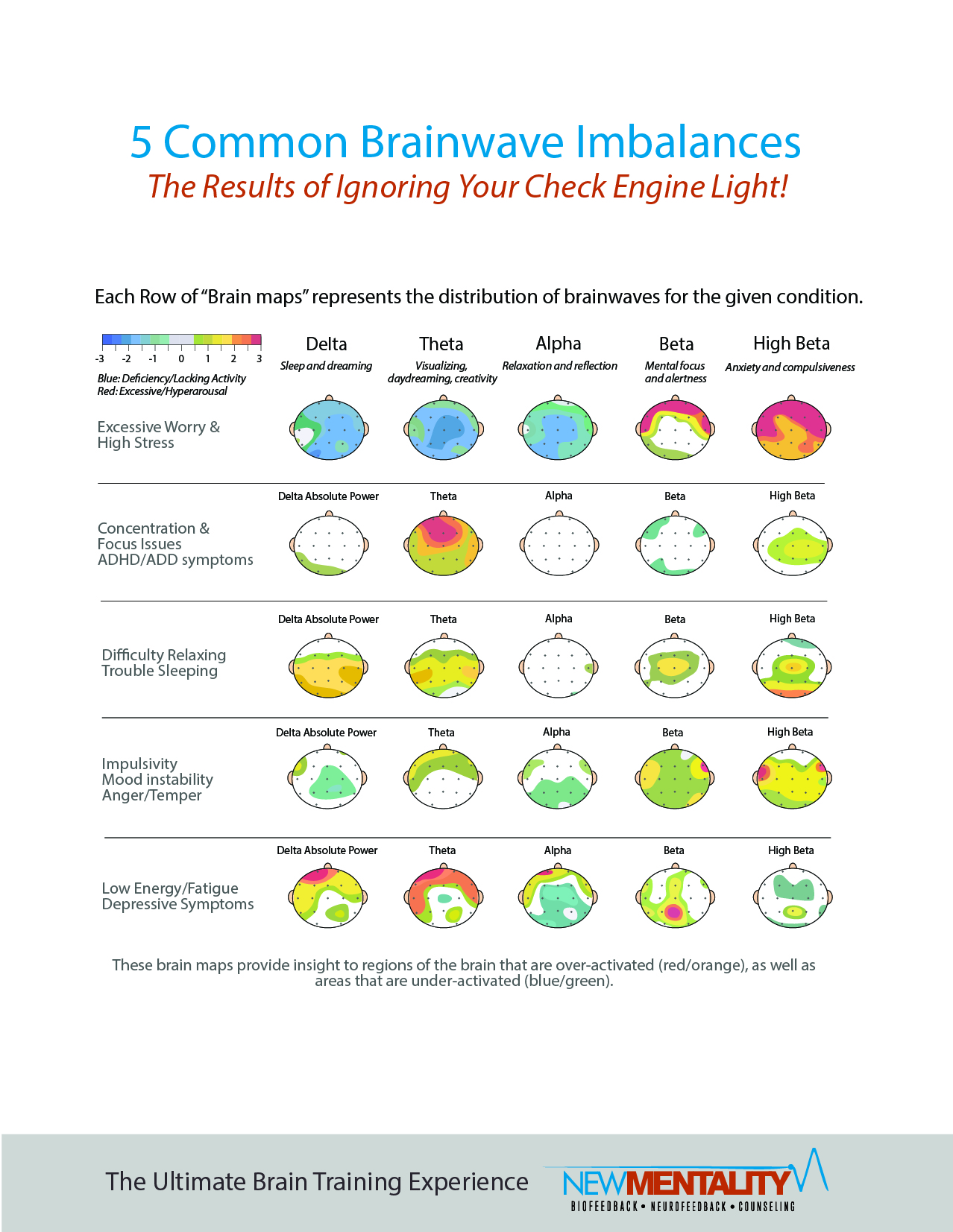Unlocking the Mysteries of the Brain Through Quantitative EEG Brain Mapping Techniques in Mental Wellness Evaluation
Unlocking the Mysteries of the Brain Through Quantitative EEG Brain Mapping Techniques in Mental Wellness Evaluation
Blog Article
Comprehending the individual mind is a complex task, especially when it comes to psychological health. Traditional approaches of assessment often rely on conversations and surveys, which can occasionally miss important details about how the brain functions. This is where qEEG brainwave analysis, or qEEG, comes into play. qEEG is a specialized method that assesses neural activity in the brain. By analyzing these neural patterns, psychological health professionals can gain valuable understandings into a person's mental state, helping to enhance assessment and treatment.
qEEG works by applying small sensors on the scalp to capture neural activity. These electrodes detect neural impulses produced by neurons, the cells in the cerebrum that communicate with each other. The data gathered is then analyzed and presented as a series of waveforms. Each type of brainwave—such as alpha, β, δ, and theta—corresponds to different mental conditions and activities. For example, α oscillations are often associated with relaxation, while β oscillations are linked to active cognition and problem-solving. By examining these patterns, clinicians can identify abnormalities that may suggest mental health concerns.
One of the significant benefits of qEEG is its ability to provide unbiased information. In contrast to traditional assessments that depend on subjective accounts from patients, qEEG offers a clear picture of neural activity. This clarity can help reduce biases in diagnosis and result to more precise intervention plans. For instance, if a client is experiencing anxiety, qEEG can show particular trends of neural activity that are associated with anxiety disorders. This information enables psychological health experts to their website customize treatments more effectively, whether through therapy, medication, or other approaches.
Additionally, qEEG can be especially beneficial in tracking treatment progress. By conducting qEEG assessments at different stages during therapy, clinicians can track changes in neural function over period. This ongoing evaluation helps determine whether a treatment is working or if adjustments are required. For instance, if a client is not reacting to a specific treatment, qEEG may indicate that their neural activity has not changed in a way that indicates improvement. This feedback loop can result to more personalized and effective mental health care.
In conclusion, qEEG brain mapping is a powerful tool in the field of mental health assessment. By providing objective information about neural function, it enhances the comprehension of different psychological health disorders. This method not only assists in precise assessment but also assists in tracking intervention success. As mental health professionals continue to explore the potential of qEEG, it holds promise for improving the lives of individuals facing mental health challenges. With ongoing research and progress in techniques, the secrets of the brain may turn clearer, leading to better results for those in requirement of assistance.